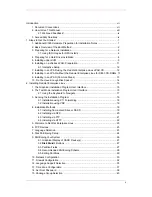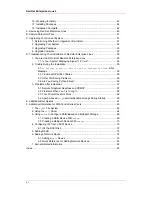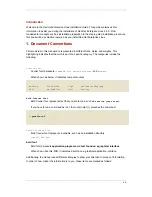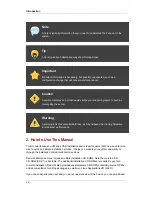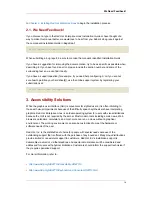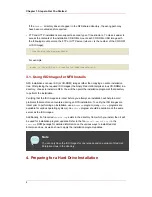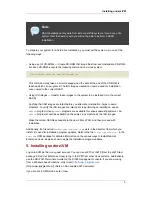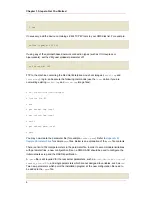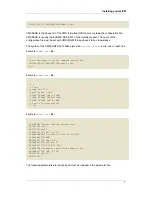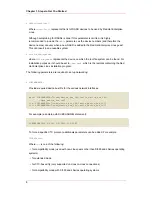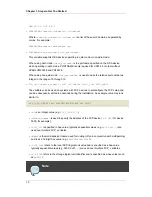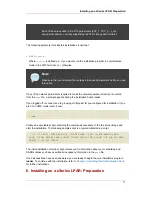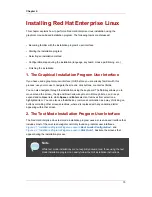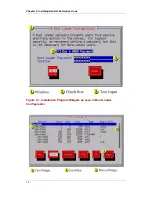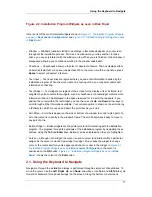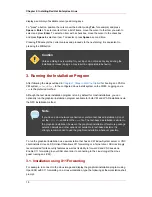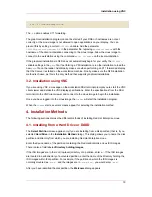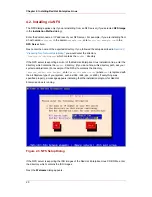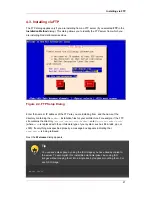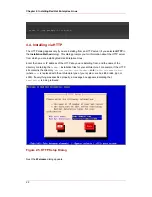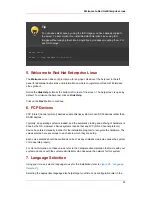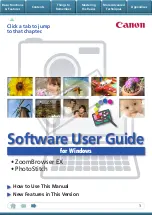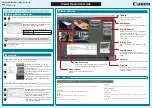
•
DASD=<dasd-list>
Where
<dasd-list>
represents the list of DASD devices to be used by Red Hat Enterprise
Linux.
Although autoprobing for DASDs is done if this parameter is omitted, it is highly
recommended to include the
DASD=
parameter, as the device numbers (and therefore the
device names) can vary when a new DASD is added to the Red Hat Enterprise Linux guest.
This can result in an unusable system.
•
root=<file-system>
where
<file-system>
represents the device on which the root file system can be found. For
installation purposes, it should be set to
/dev/ram0
, which is the ramdisk containing the Red
Hat Enterprise Linux installation program.
The following parameters are required to set up networking:
•
SUBCHANNELS=
Provides required device bus IDs for the various network interfaces.
qeth: SUBCHANNELS="<read_device_bus_id>,<write_device_bus_id>,
<data_device_bus_id>"
lcs: SUBCHANNELS="<read_device_bus_id>,<write_device_bus_id>"
ctc: SUBCHANNELS="<read_device_bus_id>,<write_device_bus_id>"
For example (a sample qeth SUBCHANNEL statement):
SUBCHANNELS=0.0.0600,0.0.0601,0.0.0602
To force a specific CTC protocol, additionals parameters can be added. For example:
CTCPROT=<n>
Where
<n>
is one of the following:
·
0
for compatibility mode (used with non-Linux peers other than S/390 and zSeries operating
systems)
·
1
for extended mode
·
2
for CTC-based tty (only supported on Linux-to-Linux connections)
·
3
for compatibility mode with S/390 and zSeries operating systems
Chapter 1. Steps to Get You Started
8
Содержание ENTERPRISE LINUX 3 - FOR IBM S-390 AND IBM ESERVER ZSERIES
Страница 2: ...Red Hat Enterprise Linux 4 ...
Страница 4: ...Red Hat Enterprise Linux 4 ...
Страница 56: ...46 ...
Страница 64: ...54 ...
Страница 70: ...60 ...
Страница 104: ...94 ...
Страница 108: ...98 ...


